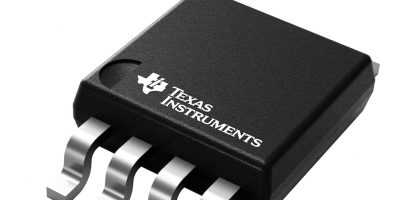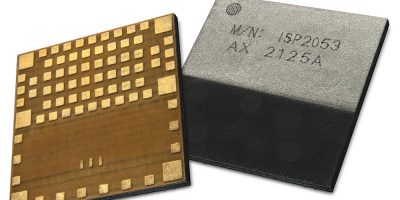Enhancements to Microchip’s timing grandmaster improve deployment flexibility, security and scalability, says the company. Designed for infrastructure communication networks which acquire and maintain signals for precise timing from GPS (global positioning system) or other worldwide satellite constellations require redundant backup systems when GNSS (global navigation satellite system) signals are unavailable. The TimeProvider 4100 Release 2.3 precision timing grandmaster meets this requirement, says Microchip, with the latest IEEE 1588 v2.1 2019 security standard, and also provides an increased level of deployment flexibility and scalability.
Microchip’s TimeProvider 4100 Release 2.3 grandmaster introduces a resilient multi-client precision time protocol (PTP) optional license, providing customers with up to three connections to other grandmasters in the operator’s network. This capability can be used as a back up for time and phase input. This implements the IEEE 1588 2.1 standard majority vote mechanism to select the best input for assisted partial timing support (APTS) back up protection.
The grandmaster also provides support for two PTP server profiles on every Ethernet port. Customers can optimise usage of these ports without additional hardware investments, adds Microchip. TimeProvider Release 2.3 also allows PTP server, PTP client and in-band management to be used on a single port.
The increased security includes support for IEEE 1588 2.1 2019 standard, and for architecture guidance security, which uses redundant communication paths between PTP nodes to detect tampering. It also implements out-of-band management mechanisms for detecting tampering, degradation and failures. There is also support for authentication, authorisation and accounting as well as two-factor authentication.
PTP enhancements including increased capacity of up to 1,000 network clients, which is required for certain applications such as data centres. There are also enhancements to the E1/T1 expansion module with new signals such as composite clock and JCC (Japan CC format), both inputs and outputs, for increased integration with legacy systems.
The software update, TimeProvider 4100 Release 2.3 is available for new and already-deployed systems. Other features include:
TimeProvider 4100 Release 2.3 can be managed by Microchip’s TimePictra synchronisation management system for full fault, configuration, accounting, performance and security (FCAPS).







